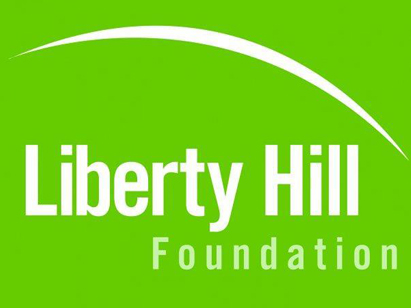
By Nick Wilson/Special to LAist
Four Los Angeles City Councilmembers co-introduced a motion Friday that would transform L.A.’s toxic hotspots into “Green Zones.†The first-in-the-nation initiative would grant the low-income and heavily polluted communities of Pacoima, Boyle Heights and Wilmington access to economic assistance for cleanup efforts.
The motion co-introduced by Councilmembers José Huizar, Richard Alarcón, Janice Hahn and Tony Cárdenas is the culmination of years of efforts by grassroots organizations to raise awareness of the health risks posed by high levels of pollution. The Clean Up Green Up Campaign was composed of organizations such as the Coalition for a Safe Environment and Union de Vecinos.
The Los Angeles Times reports that the initiative’s aim is “to attract clean industries through incentives, including help obtaining permits and tax and utility rebates. Polluters, meanwhile, would be targeted with tougher inspection and enforcement protocols.
At a press conference yesterday at Breed Street Elementary School in Boyle Heights, Councilmember Huizar said, “The Clean Up Green Up campaign represents a new generation of Environmental Justice where we work hand-in-hand with local businesses to improve the health of our communities. Our vision involves public-private partnerships, familiar planning tools and focused economic investment to green up existing businesses and attract new ones. Ultimately, it is a vision for cleaner, greener communities now and in the future.â€
Last month, Liberty Hill released the report Hidden Hazards, A Call to Action for Healthy, Livable Communitiesdocumenting environmental health disparities in Los Angeles. “Residents living in highly polluted working class neighborhoods adjacent to industrial areas bear most of the burden of exposure to air pollution and other environmental hazards. Most of this burden falls upon people of color and the poor – and significantly, the racial disparity seems to persist across various income levels, suggesting this is more than a matter of market forces. Indeed, both the income and race dynamics are related to larger social and political forces that can be addressed by informed and health-protective public policy.â€
Discussing Liberty Hill’s role in today’s events, President Kafi Blumenfield told LAist, “Liberty Hill has invested for more than a decade in the environmental justice organizations that were present today. We also obtained funding for and coordinated the research and published the Hidden Hazards report that lays out the urgent need for converting these toxic hotspots into green zones.â€
– See more at: http://wordpress.uniondevecinos.org/index.php/page/9/#sthash.nEsK8LQt.dpuf

